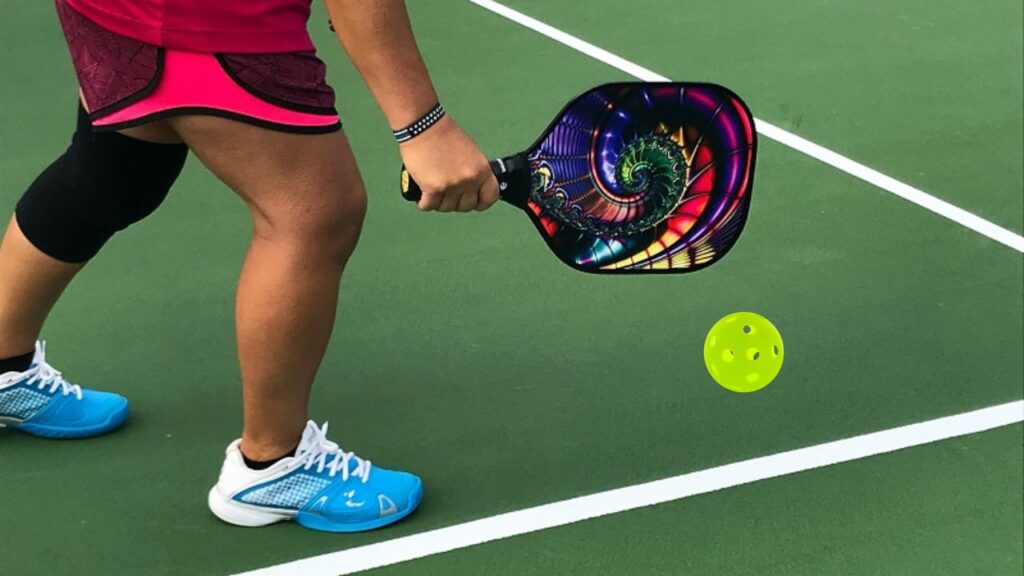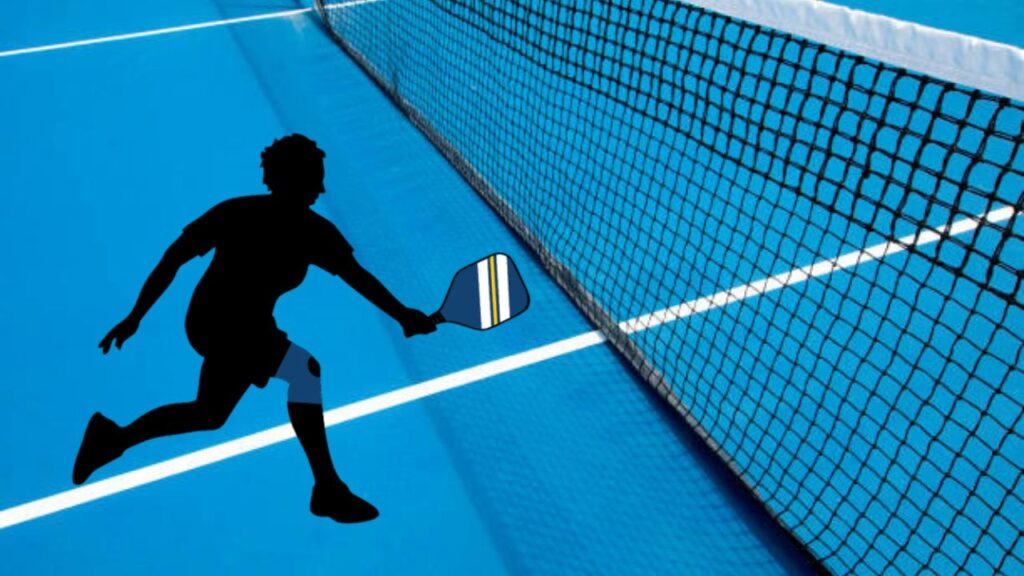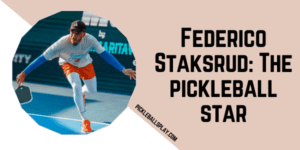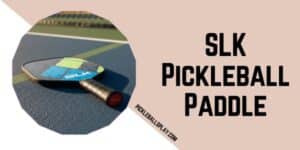Pickleball has evolved from a casual backyard activity to one of the fastest-growing competitive sports in the world. As tournaments get more intense and recreational play becomes faster, the difference between winning and just keeping up often comes down to how intentional you are about practice. If you’ve been asking yourself how to improve your pickleball skills in a structured, effective way, the answer lies in building consistency, mastering the short game, and developing tactical awareness.
This guide is built for players who want actionable steps, not just broad advice. Whether you’re new and want to focus on Pickleball Skills for Beginners or you’re aiming to dominate competitive play, you’ll find practical drills, training strategies, and performance insights backed by the latest approaches used by top coaches and athletes.

Why Prioritizing the Right Pickleball Skills Matters
One of the biggest mistakes players make is practicing everything equally. Not all skills carry the same weight in match outcomes. Research and coaching trends show that matches are usually won or lost at the kitchen line. That’s why when mapping out how to improve your pickleball skills, your training should prioritize:
- Footwork and movement — getting to the non-volley zone quickly and efficiently.
- Dinking consistency — controlling rallies and setting up opportunities.
- Serve and return strategy — creating positional advantage early.
- Third-shot drop or drive — transitioning into a strong offensive position.
- Reset and defense — neutralizing opponents during fast exchanges.
Focusing on these core areas accelerates growth faster than simply logging hours of unspecific play.
Weekly Training Framework: A Proven Structure
To give you a roadmap, here’s a sample training schedule that helps refine your pickleball skills systematically.
| Day | Training Focus | Key Drills | Time |
|---|---|---|---|
| Monday | Footwork + Kitchen Transitions | Cone shuffle drills, split-step movement, shadow kitchen transitions | 60 min |
| Tuesday | Soft Game (Dinking) | Cross-court dinks, figure-8 pattern, Battleships drill | 75 min |
| Wednesday | Serve & Return | Target-based serving, deep returns, directional return practice | 60 min |
| Thursday | Strength + Mobility | Hip hinge lifts, lateral lunges, rotational core work | 45–60 min |
| Friday | Transition Volleys + Speed-ups | Kitchen volley-to-volley exchanges, put-away drills | 75 min |
| Saturday | Match Simulation | Competitive sets with KPI tracking (errors, transition rate) | 90 min |
| Sunday | Recovery + Visualization | Foam rolling, light rallies, mental rehearsal | 30–45 min |
This framework balances technical refinement, physical conditioning, and match simulation — three ingredients essential for players serious about improvement.
Footwork: The Foundation of All Pickleball Skills
You can’t build reliable shot-making without solid footwork. Quick, balanced movement ensures you get into position for high-quality shots. To improve footwork:
- Cone Shuffle Drill: Place cones in a zig-zag and shuffle through while maintaining paddle-ready stance.
- Kitchen Line Quick Steps: Start behind the baseline and sprint forward into the kitchen, practicing balanced split-steps at the line.
- Lateral Bounds: Build explosiveness for side-to-side coverage.
Every guide on how to improve your pickleball skill emphasizes movement because it dictates how effectively you can execute strokes under pressure.

The Soft Game: Dinking with Purpose
At higher levels, dinking isn’t just about keeping the ball in play — it’s about controlling tempo and creating attack opportunities.
- Cross-Court Dinks: Practice landing dinks deep in the opponent’s kitchen corner.
- Figure-8 Drill: Alternate forehand and backhand dinks in a continuous figure-8 pattern for precision.
- Battleships Drill: Add targets in the kitchen area and practice hitting them with accuracy under pressure.
For Pickleball Skills for Beginners, focus first on consistency over placement. Once you’re able to sustain rallies of 10–15 dinks, start practicing directional control.
Serving and Returning: Setting the Tone Early
While serving is underhand, it’s far from passive. Smart players use serves and returns to dictate the point.
- Serve-to-Target Ladder: Place cones at deep corners and middle zones; rotate serve placement.
- Short Return Practice: Train deep, controlled returns that push opponents back, giving you time to reach the kitchen.
- Return Variability: Mix lob returns, deep drives, and angled placements to keep opponents off balance.
Even beginners can gain quick wins by prioritizing depth and placement over power when serving and returning.
Third Shot and Transition Play
The third shot is often called “the most important shot in pickleball.” Whether you drop softly into the kitchen or drive aggressively, the goal is to transition into an offensive position.
- Third-Shot Drop Drill: From the baseline, practice soft drops into the opponent’s kitchen.
- Drive-to-Drop Progression: Mix drives and drops to stay unpredictable.
- Transition Reset Drill: Practice neutralizing volleys when moving forward, focusing on paddle angle and body control.
Players serious about how to improve their pickleball skills must master this phase, as it’s where rallies shift from defense to offense.
Volleys, Put-Aways, and Fast-Hands Drills
The speed of modern pickleball means you must handle rapid-fire exchanges at the net.
- Volley-to-Volley Ping Drill: Partner up and sustain rapid volley rallies at the kitchen.
- Speed-Up Recognition: One player initiates a dink, then speeds up ball pace; the other reacts.
- Put-Away Practice: Focus on hitting at opponents’ feet or into open court rather than just swinging harder.
This area separates intermediate players from advanced competitors.
Physical Training: Building an Athletic Base
Skill without conditioning leads to fatigue and errors. Add two sessions a week of focused physical training:
- Strength: Romanian deadlifts, single-leg squats, push-ups.
- Agility: Ladder drills, lateral shuffles.
- Core Stability: Planks, anti-rotation presses.
- Mobility: Hip openers, thoracic spine stretches, ankle strengthening.
The stronger and more mobile your body, the easier it becomes to execute advanced pickleball skills consistently.
Mental Edge and Tactical Habits
Top players don’t just play harder — they play smarter. To add a tactical layer to your training:
- Pre-Point Planning: Decide your serve or return strategy before starting a point.
- Breathing Routine: Reset with controlled breaths between rallies.
- KPI Tracking: Log three stats per match: transition success rate, unforced errors, and serve effectiveness.
Building awareness of your tendencies accelerates progress more than unstructured play.
Pickleball Skills for Beginners: A Clear Progression
For those just starting out, focusing on Pickleball Skills for Beginners sets the stage for long-term growth. Here’s an 8-week roadmap:
- Weeks 1–2: Learn proper grip, stance, and paddle readiness.
- Weeks 3–4: Develop reliable serves and consistent dinking rallies.
- Weeks 5–6: Practice controlled third-shot drops and basic volley skills.
- Weeks 7–8: Introduce return strategies, footwork drills, and simple game simulations.
This structured approach prevents overwhelm while ensuring steady progress.
Practical Checklist: 30 Days to Noticeable Improvement
If you want measurable growth in just one month, follow this checklist:
- Week 1: Prioritize footwork drills and consistent serves.
- Week 2: Add dinking accuracy and kitchen transition practice.
- Week 3: Introduce third-shot drills and KPI tracking.
- Week 4: Play match simulations, applying tactical strategies.
At the end of 30 days, you’ll see noticeable improvements in confidence, control, and consistency.
Final Thoughts
Improving at pickleball isn’t about endless hours of casual games. It’s about training with intention, tracking progress, and targeting the skills that matter most. Whether you’re refining advanced strategies or just starting with Pickleball Skills for Beginners, this roadmap gives you a proven way to grow.
By following these steps, you’ll not only learn how to improve your pickleball skills, but you’ll also build the confidence and consistency needed to dominate the court.
FAQs: How to Improve Your Pickleball Skills
Can anyone play pickleball?
Yes, pickleball can be played by people of all ages and skill levels.
Do I need to be in good shape to play pickleball?
Pickleball can be a good workout, but you don’t need to be in great shape to play.
How many players are on a pickleball court?
Pickleball can be played as singles or doubles. A doubles match consists of two players on each side.




